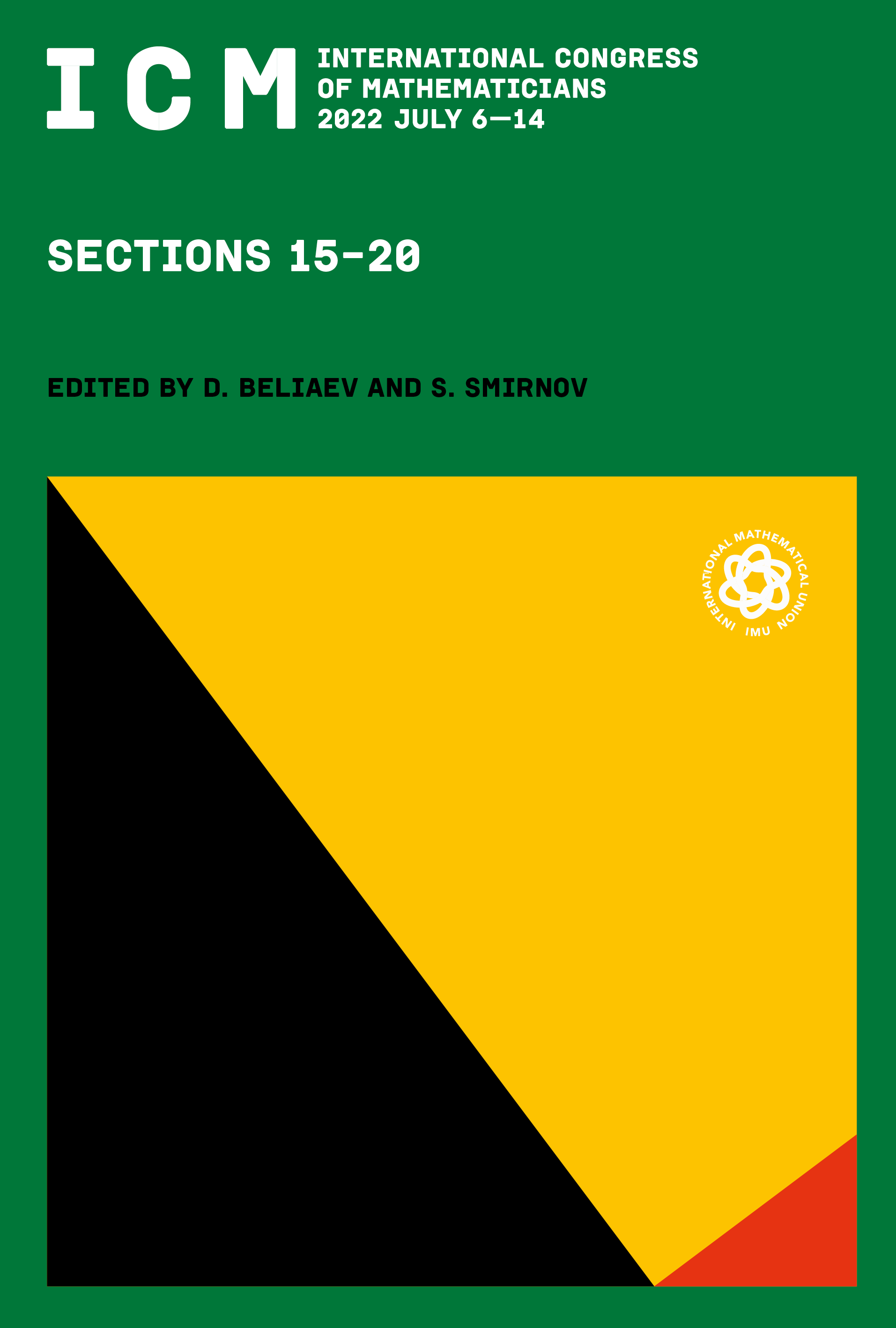Solving inverse problems with deep learning
Lexing Ying
Department of Mathematics, Stanford University, Stanford, CA 94305-2125, USA

This book chapter is published open access.
Abstract
We discuss some recent work on applying deep learning to inverse problems. On the algorithmic side, we propose two new neural network modules, BCR-Net and Switch-Net, motivated by pseudodifferential and Fourier integral operators that commonly appear in the study of inverse problems. On the application side, we propose neural networks for inverse maps in five applications: electric impedance tomography, optical tomography, inverse acoustic scattering, seismic imaging, and traveltime tomography. In each application, the architecture is motivated by perturbation theory and filtered backprojection, and is implemented using the new modules along with convolution layers. When translation and rotation equivariances are available, appropriate reparameterizations in the data and model domains result in convolutional architectures that are both general and effective. These applications demonstrate that our approach provides a seamless way for combining the mathematical structure of the inverse problems with the power of deep neural networks.